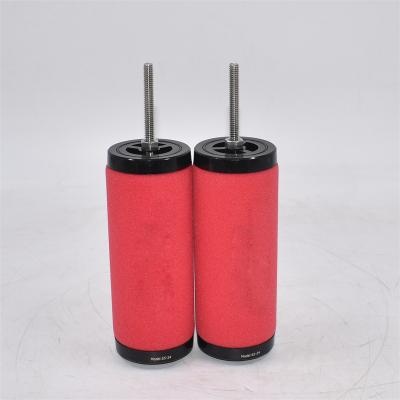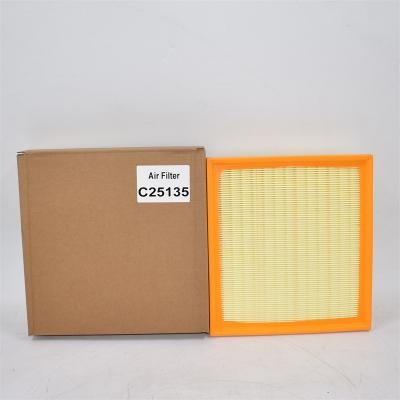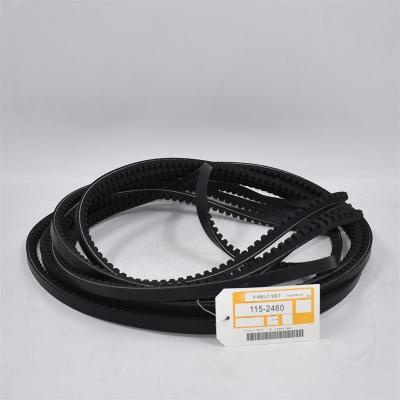Function of the hydraulic filter
Hydraulic filters are placed at different locations throughout the system to capture contaminants generated at different points in the process. For ideal filtration, the filter should be before and after the pump, in the return line, offline and in the reservoir. However, consider the cost and space implications when designers choose to place filters. There are several main locations that determine the type of hydraulic filter used:
1. Return pipe: These filters are usually low pressure. When fluids return to the reservoir, they collect contaminants in the fluid and can be located along the return line or within the reservoir.
2. Suction filter: Another example of low pressure filter is that the suction filter is placed at the pump inlet to ensure that no pollutants enter the pump.
3. Pressure pipeline: these filters are placed behind the pump to ensure the safety of expensive downstream components. The pressure filter has high pressure capacity, which can remove internal pollutants generated in the system. This allows protection of individual components. Save downtime, maintenance, and component repair or replacement costs.
4. Offline: also known as kidney circuit, these filters can continue to work even if the central hydraulic system does not work. The off-line filter draws fluid from the reservoir and returns it after filtering. These filters are usually easier to maintain because they are within easy reach. Some popular offline filter types are drum filters and portable filter trucks, which can be used in multiple hydraulic systems. Another common renal circuit system is the filter panel. It can be mounted directly on the hydraulic system and provides 24/7 filtration when necessary.
The function of the hydraulic filter is to remove contaminants at specific stages of system operation. Pollutants can enter the system in several ways:
1. Environment: Some pollutants accumulate in the manufacturing process of the hydraulic system. Debris such as paint chips, rubber particles, and metal chips can accumulate in the system. The air hose may blow away these pollutants, but other pollutants are too small to be seen and must be filtered out. A large amount of pollutants will also enter the system as new liquid. The liquid in the system is usually cleaner than any new liquid you will add; New oil is not necessarily clean, usually 22/20/18. Therefore, you should follow good filtering practices and use a filter truck or pre filter oil when adding oil to keep the oil within the cleanliness specification. This will help to filter the fluid before adding it to the hydraulic system and multiple times throughout the operation..
2. System generation: the internal components of the system, such as piston rod and pump, generate pollutants in the normal process. Return line filters are good at collecting this contaminant. Castings can also be worn by shock pressure and continuous deflection and then enter the fluid flow.
3. External: air sometimes enters the system through vent cap, imperfect seals or other openings, condenses on the system wall and causes rust. It is important to clean the breathing cap because dirt will eventually return to the oil. The maintenance expert will also introduce new particles when replacing parts.
























